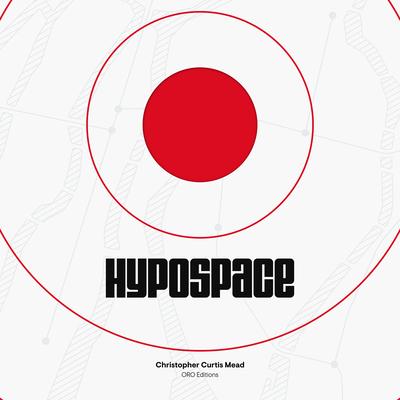
The Hypospace of Japanese Architecture pushes past clichs of an exotic Japan to confront the modernity of an island nation whose habit of importing foreign ideas is less about assimilation than transformation, less a process of indigenization than one of cultural invention. The realization that buildings are dynamic events--phenomena of space-in-time, not inert objects outside time--continues to inform Japanese architecture and suggests how we can rethink the history, theory, and practice of architecture more generally.
The Hypospace of Japanese Architecture pushes past clichs of an exotic Japan to confront the modernity of an island nation whose habit of importing foreign ideas is less about assimilation than transformation, less a process of indigenization than one of cultural invention. The realization that buildings are dynamic events--phenomena of space-in-time, not inert objects outside time--continues to inform Japanese architecture and suggests how we can rethink the history, theory, and practice of architecture more generally.
Paperback
$80.00